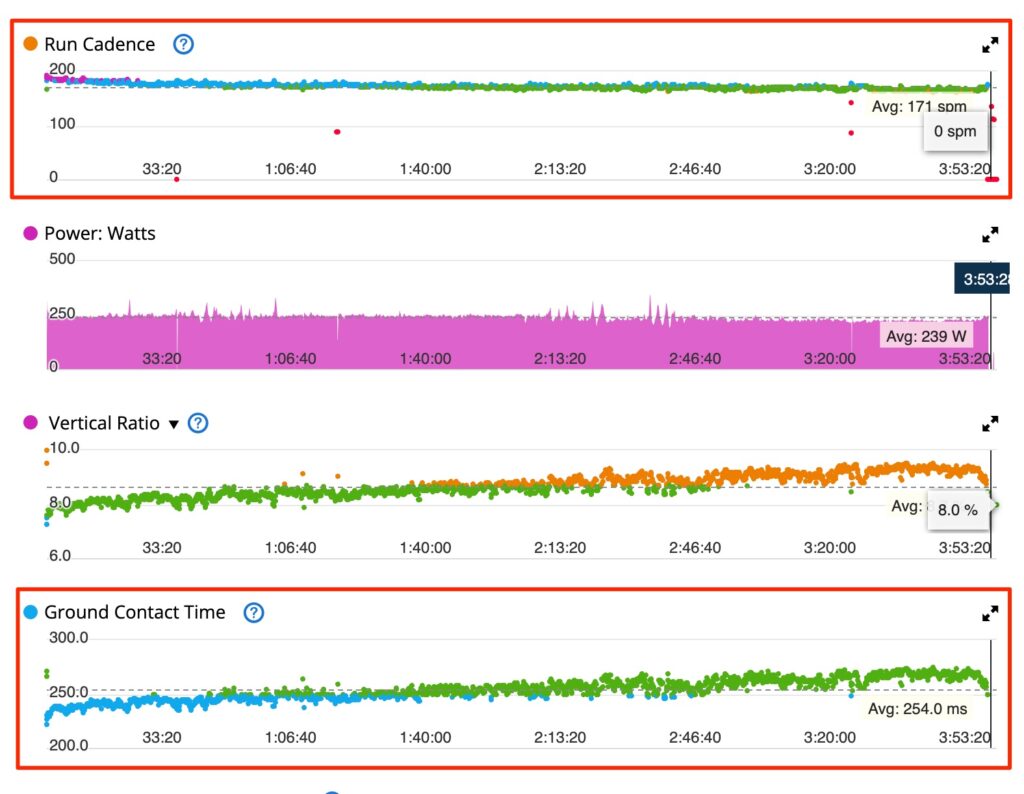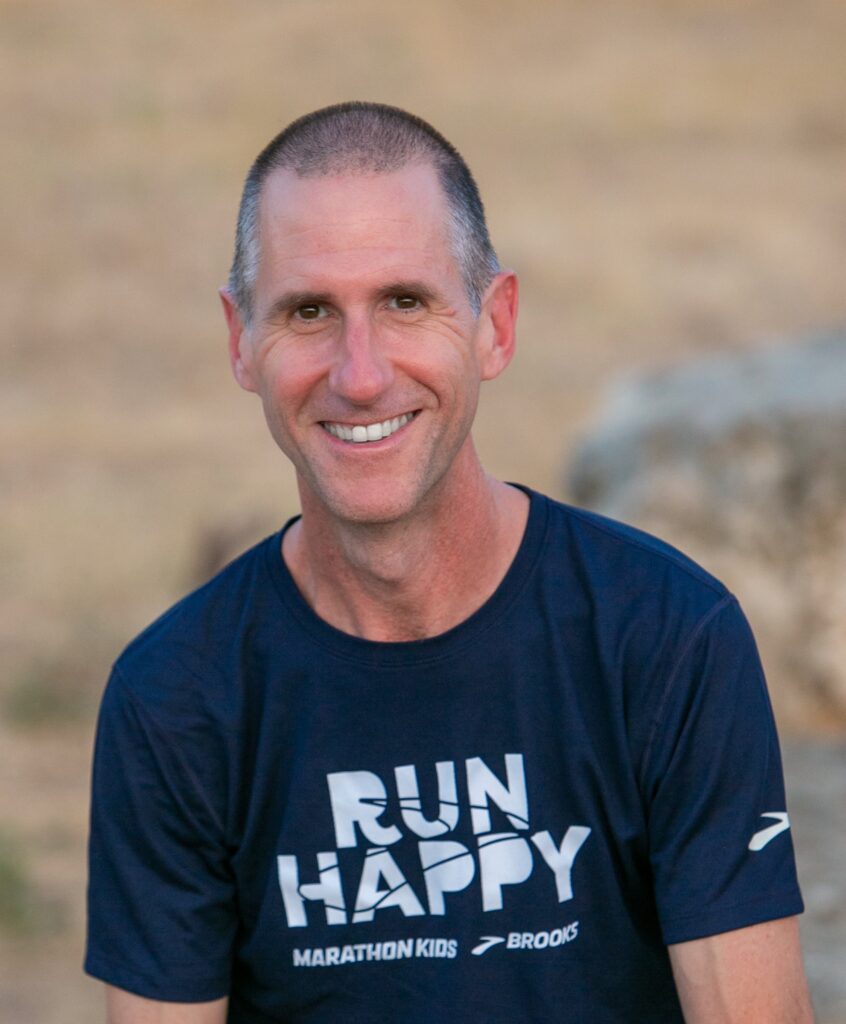I’ve read this single, entire article, and if the premise is going to be consistent, I can’t think of a single positive outcome other than advertising and sponsorship revenue.
The gist of the “Enhanced Games” is that it will be much like the Olympics, but athletes can use performance-enhancing drugs that have been approved by the US Food and Drug Administration, such as anabolic steroids and growth hormones. The idea is to break the records achieved by otherwise clean athletes, and pay the participating doper $1 Million.
Here’s what’s wrong with this whole premise:
- It’s still cheating. An athlete would be achieving some goal in a way that he or she couldn’t otherwise attain without chemical intervention.
- Records would be broken, and that would discount all previous records and attempts. Someone will break Eliud Kipchoge’s 1:59:40 in the (unsanctioned) marathon. Someone will break 9 seconds in the 100 meters. But why? Just to say it’s been done?
- It won’t count. Will we need another column in the future record books that shows a real record and a doping-assisted record?
- It glorifies this trend in society where we need it now. What’s the point of months and years of hard, dedicated, consistent work to achieve a goal?
- I could go on and on with this list but, to me, the most important is that it teaches our children something very, very wrong. Kids idolize athletes. If a child’s hero smashes a world record and did it by doping, what does this teach the child?
It’s a disheartening state of affairs when and if an athlete would even remotely consider being rewarded for doping because they need or otherwise feel they deserve the money.
Sha’Carri Richardson makes $50,000/year from winning national and world championships in the 100- and 200-meters, and from brand endorsements. NBA player Stephen Curry makes $50 Million. There’s a discrepancy there. I’ll argue until I’m blue in the face that Richardson works just as hard as Curry. Richardson’s net worth is more than $50k, and Steph’s is more than $50M, and the exact dollar amounts aren’t the point. The point is, one athlete is glorified and earns more than the other for the work, points, time, achievements, and titles. Sha’Carri can’t just up and join the Golden State Warriors so she can earn more money.
But now I guess she could dope, run the risk of destroying her body, and possibly kill herself in the name of a buck.
And why? To break a record and create a spectacle. Investors invest and will want a handsome, fast return from sponsorship and advertising dollars. The rest of the world can sit on our asses while we watch our hometown dopers compete against each other, and be enticed to buy and consume products that make all of our lives “better.”
I’m calling for a boycott now.

